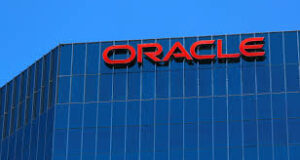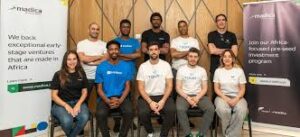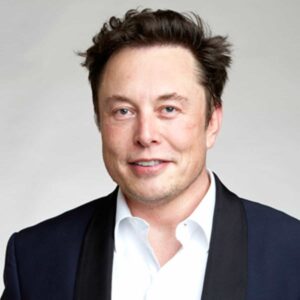When Elon Musk makes grand pronouncements, investors have learnt to expect two things: initial euphoria followed by lengthy delays. Tesla’s board of directors, it seems, has also learnt this lesson. The electric-vehicle maker’s proposed $1trn compensation package for its mercurial chief executive is remarkable not just for its eye-watering size, but for how it transforms Mr Musk’s most audacious broken promises into more modest—and achievable—targets.
The package, which requires shareholder approval in November, would make Mr Musk the world’s first trillionaire if Tesla’s valuation reaches $8.5trn by 2035. That is no small feat: it would require the company to grow faster than Apple and Saudi Aramco combined are worth today. But the product milestones Mr Musk must hit to unlock this treasure trove are tellingly familiar—and considerably watered down.
Take Tesla’s vehicle production targets. For years, Mr Musk promised that Tesla would manufacture 20m electric vehicles annually by 2030, back when the company claimed it could sustain 50% yearly growth. Reality proved stubborn. Sales growth stalled, then reversed in 2024. Tesla quietly removed the 20m-per-year target from its impact report and shelved plans for a Mexican factory that would have boosted production capacity.
Now the goalposts have shifted dramatically. Under the new pay package, Mr Musk need only deliver 20m vehicles total by 2035—not per year, but cumulatively. Given that Tesla has already sold 8m cars and produces nearly 2m annually, this target looks almost pedestrian by comparison.
The pattern repeats itself across other product goals. In 2019, Mr Musk boldly claimed Tesla would have 1m robotaxis operating by 2020. Five years later, the company has managed to deploy perhaps 30 self-driving cars with safety monitors in Austin, Texas. The new package resurrects this promise, but with crucial caveats. Mr Musk now has until 2035 to achieve a “daily average aggregate” of 1m robotaxis over just three months. The definition includes any Tesla using the company’s Full Self-Driving software, even customer-owned vehicles—a clever bit of accounting that makes the target far more achievable.
Similar arithmetic governs Tesla’s humanoid robot ambitions. Mr Musk has claimed Tesla will produce 1m Optimus robots yearly by 2029, suggesting these “bots” could generate 80% of the company’s future revenue. The compensation package requires only 1m robots total by 2035, and defines “bots” so broadly that any AI-powered mobile product would qualify.
The financial targets are no less ambitious, yet perhaps more realistic given Tesla’s trajectory. Mr Musk must drive annual earnings to roughly $400bn, up from $17bn last year—a 23-fold increase that would require Tesla to become not just a car company but a technology conglomerate spanning transport, energy and robotics. The company must also notch 10m subscriptions to its Full Self-Driving software, arguably the package’s most challenging product goal given current adoption rates in the “teens” percentage-wise.
Tesla’s shareholders have historically been generous with Mr Musk’s compensation, approving his previous packages despite their unprecedented scale. His 2018 deal, worth roughly $56bn, seemed equally fantastical at the time, yet the company achieved most of its targets (though a Delaware court later voided the award). This track record suggests the new package will likely pass, despite its staggering cost.
Yet two curious provisions hint at boardroom concerns about their star CEO. The package requires Mr Musk to develop a succession plan, effectively binding him to Tesla for at least seven and a half years. More tellingly, buried in a footnote, Tesla secured “assurances that Mr Musk’s involvement with the political sphere would wind down in a timely manner”—a diplomatic way of asking their CEO to spend less time posting on X (formerly Twitter) and more time building cars and robots.
The proposed deal reveals much about Tesla’s evolution from scrappy startup to industrial giant. Where once Mr Musk’s hyperbolic promises served to attract talent and capital, now they risk undermining credibility. By converting his most outlandish claims into more modest targets, Tesla’s board appears to be managing both investor expectations and their CEO’s notorious penchant for overpromising.
Whether this more measured approach will satisfy shareholders remains unclear. Tesla’s valuation has always depended as much on faith in Mr Musk’s vision as on its financial fundamentals. By making that vision more achievable, the company may be trading some of its mystique for a better chance of actually delivering results.
If successful, the package would create the world’s first trillionaire while transforming Tesla into something approaching Mr Musk’s grand vision of a robotics and AI powerhouse. If it fails, at least Tesla’s board will have learnt something valuable about the difference between promises and plans. Either way, the next decade will determine whether Mr Musk’s scaled-back ambitions prove more durable than his original moonshots.








